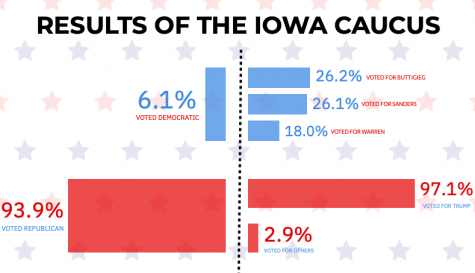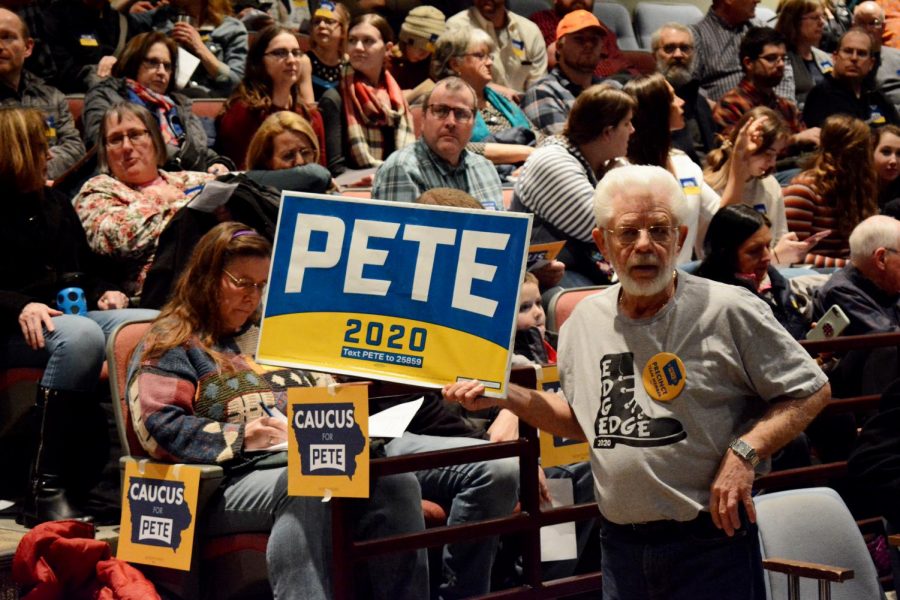Heading into the morning after the Feb. 3 Iowa Caucus, an event traditionally known to kickoff primary season, the candidates themselves weren’t the storyline. In fact, it wasn’t until the day after that anyone knew the results of this pivotal event.
Later stated to be a coding error in the online system, the caucus results were delayed more than 24 hours, with around sixty percent flowing in late the following day.
On Feb. 6, chairman of the National Democratic Committee Tom Perez called for Iowa to recanvass the results.
“Enough is enough,” a tweet from Perez said. “In light of the problems that have emerged in the implementation of the delegate selection plan and in order to assure public confidence in the results, I am calling on the Iowa Democratic Party to immediately begin a recanvass.”
"Enough is enough. In light of the problems that have emerged in the implementation of the delegate selection plan and in order to assure public confidence in the results, I am calling on the Iowa Democratic Party to immediately begin a recanvass." Chairman of the National Democratic Committee Tom Perez
The delayed results and confusion surrounding the caucus mishap caused many prominent figures to be outraged.
President Donald Trump was one of these figures, and he posted on Twitter to vent his frustrations, blaming the delay entirely on the Democrats.
As the anger and shock from the coding error wore off and the majority of votes are rolling in, the government and media’s focus shifts toward the results.
Iowa is overwhelmingly right-leaning on the results of the caucus. According to the Associated Press, 32,389 who attended the caucus voted Republican–31,464 voters voted for Trump.
Only 2,098 voted Democratic. This means only 6.1% of those who participated voted for Democrats.
South Bend, Indiana mayor Pete Buttigieg held a slight lead over the anticipated winner, Senator Bernie Sanders. Just 25 votes separate the two. Following these frontrunners, Senator Elizabeth Warren received just around 18% of the votes.
The state of Iowa awards a total of 40 delegates, and through two days, 30 have been distributed among the top candidates. Buttigieg and Sanders have received eleven delegates each so far, Warren has claimed five in third place, while Joe Biden and Amy Klobuchar rounded out the top five with two and one delegate, respectively.
Notably missing from the upper echelon of candidates is former Vice President Joe Biden. Biden, considered to be the heavy favorite heading into the race, struggled throughout the caucus, failing to even be a “viable” candidate at many locations throughout Iowa. To be viable, a candidate must have at least 15% of the caucus goers at that location support them.

Some candidates are already claiming victory even before all of the results are documented. Sanders tweeted “Bernie wins Iowa” on Feb. 6, despite the fact that 97% of votes were reported and he was 3 votes behind Buttigieg (550-547) when he posted.
Buttigieg directly claimed his victory, first on Feb. 4 and again on Feb. 5, even though votes were still rolling in.
Trump tweeted Feb. 4 that he had the largest re-election vote, including Obama in 2012, in Iowa’s history, at just over 97% of the vote. However, Obama’s re-election percentage in that year was 98.9%, according to the Associated Press.
Clearly, there is tremendous confusion surrounding the Iowa Caucus, causing multiple candidates to announce illegitimate victories.
The fog will hopefully be cleared up in the next few days as votes are recounted by the DNC and results are finalized.









